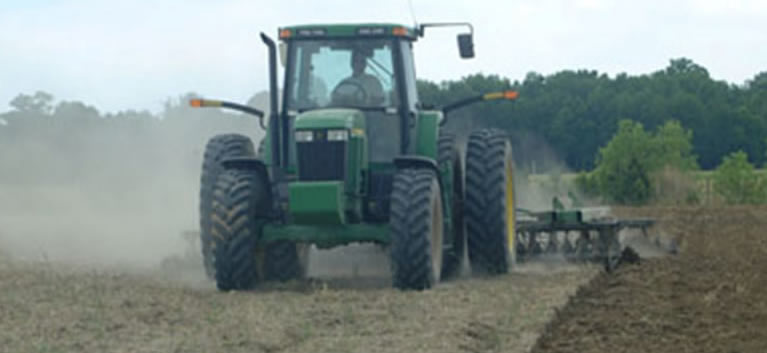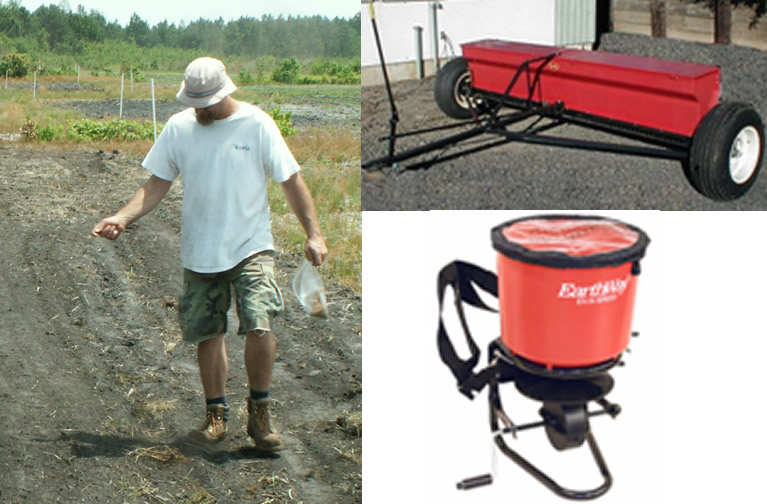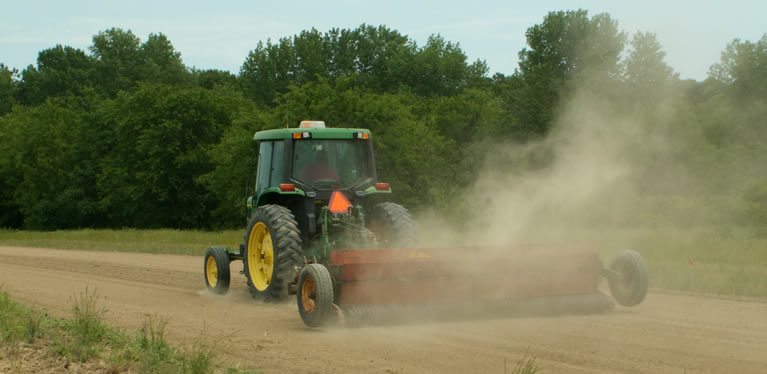Habitat Example
go.ncsu.edu/readext?562435
en Español / em Português
El inglés es el idioma de control de esta página. En la medida en que haya algún conflicto entre la traducción al inglés y la traducción, el inglés prevalece.
Al hacer clic en el enlace de traducción se activa un servicio de traducción gratuito para convertir la página al español. Al igual que con cualquier traducción por Internet, la conversión no es sensible al contexto y puede que no traduzca el texto en su significado original. NC State Extension no garantiza la exactitud del texto traducido. Por favor, tenga en cuenta que algunas aplicaciones y/o servicios pueden no funcionar como se espera cuando se traducen.
Português
Inglês é o idioma de controle desta página. Na medida que haja algum conflito entre o texto original em Inglês e a tradução, o Inglês prevalece.
Ao clicar no link de tradução, um serviço gratuito de tradução será ativado para converter a página para o Português. Como em qualquer tradução pela internet, a conversão não é sensivel ao contexto e pode não ocorrer a tradução para o significado orginal. O serviço de Extensão da Carolina do Norte (NC State Extension) não garante a exatidão do texto traduzido. Por favor, observe que algumas funções ou serviços podem não funcionar como esperado após a tradução.
English
English is the controlling language of this page. To the extent there is any conflict between the English text and the translation, English controls.
Clicking on the translation link activates a free translation service to convert the page to Spanish. As with any Internet translation, the conversion is not context-sensitive and may not translate the text to its original meaning. NC State Extension does not guarantee the accuracy of the translated text. Please note that some applications and/or services may not function as expected when translated.
Collapse ▲Quick Planting and Maintenance Guide for on-Farm Prairie Plant Habitat in the Southeast That Provides Multiple Ecological Services
David Orr, Dept. of Entomology, North Carolina State University; Tony Kleese, Earthwise Company
Goals
The primary goals for this habitat include increasing biodiversity, compatibility with certified organic farming systems, eligibility for NRCS CP-33 cost share funding, ease of establishment and maintenance, and low cost. North Carolina native flowers and grasses were chosen for variability of bloom time and adaptability to prairie management strategies (periodic burning).
Planting Guide
Planting Date: The ideal time period to plant these species in the south is late April – early May, but any time from early April to early June is fine.
Equipment: To plant and manage the habitat in year one, you will need the following equipment:
- tractor
- disc/tiller
- field cultivator
- small buckets
- cultipacker (or other roller)
- mower/weed eater
Year three will require a propane torch (or other ignition source) and a water source for fire management.
Site selection: Apart from the factors described on the Habitat Principles page, the other major factor in locating this specific habitat is the use of fire. Care should be given to selecting sites that are less prone to fire and accessible by vehicles with water during the controlled burns. The fire can get intense so locating the habitat in the power easement is not advised. The distance between habitats can be up to 300 ft. To avoid harm to wildlife the habitat area cannot be used for hay, forage, crops, turn rows, roads, or storage areas. This plant mix will tolerate a wide range of soils and fertility, but you will find variability in plant populations based on specific site conditions. Avoid high fertility locations. Avoid areas with problem weeds, (Johnson & Bermuda grass, Kudzu) or get them under control before you plant.
Site preparation: If at all possible, it will help with stand establishment and maintenance to make sure you do not have johnsongrass, bermudagrass, kudzu, or hairy vetch present in the area to be planted. The planting areas should be disked as they normally would be prior to planting a crop. Next, it is important to produce a nice, smooth seedbed so that tiny seeds do not get buried too deep. Ideally, use a field cultivator for this. If a cultivator is not available, repeated diskings or using a tiller are other options. 
Seeding: See Table 1 for suggested seed species and rates. If you plan to enroll in a government program, they may have different species requirements. Seeds should then be broadcast evenly over the planted area. It’s important to keep the grass separate from the flowers for this part, because the seeds are so different and don’t mix well. Seeds can either be distributed by hand or with equipment, but if you are planting a small area it’s best to hand-spread so you don’t spend a bunch of time unnecessarily calibrating a spreader. Borders up to several hundred feet long can easily be planted by hand. Hand spreading is easy to do with the grass seed, and there is no need for mixing. Because the flower seeds have a variety of shapes and sizes, it is important to mix them carefully before and during broadcast, regardless of what method you use. 
Suggested Native Prairie Plant Community for On-Farm Habitat that Provides Multiple Ecological Services
Seed source used in our studies = Ernst Conservation Seeds (ernstseed.com) |
Seed bed finishing: After seeding, it’s important to run a cultipacker, or some other roller over the site to get good seed-soil contact. This will also keep your seeds (especially grasses) from blowing away. Without the tight seed-soil contact, germination will be poor. This method is recommended instead of drilling because it allows all the species to germinate and come up. Because of the small size of some seed species, this wouldn’t necessarily happen if they were buried. 
First-Year Site Maintenance:
In the first year only, mow the site when weeds/plants get to 8-10 inches tall. It is important to not mow lower than 5-6 inches. If you let the weeds get too tall, they will shade out the young seedlings. If you mow prairie plants too short at this point in their development you will severely stunt them, and allow weeds to outcompete them. In the south this may mean as many as 6 mowings during this first year. If this mowing regime is followed, the plants will be competitive enough in the second year that they will not need any management. After the first year, mowing is not required and is not recommended.
Long-Term Management
A) Disturbance is Critical. The early successional nature of habitat plots needs to be maintained by periodic disturbance. Otherwise, woody vegetation such as trees and shrubs will invade and eventually take over. In fallow CP33-type habitats, this disturbance can be provided by light discing. However, with planted perennial vegetation discing will kill the plants, so it is best to use fire or mowing.
B) Management Tools. Perhaps the best management tool for long-term management of planted prairie plant habitat is the periodic use of burning. This is because prairie plants are adapted to fire, while their competitors are not. Burning should be conducted in early March, just before plants start growing. This will allow the soil to heat up more quickly, so plants will begin growing more quickly, as well as provide fertilizer from the ash. If burning is not possible, another option is late wintertime mowing. If mowing is your chosen management tool, it should be done in late winter to reduce negative impacts on wildlife and insect populations. If you do not already have training in prescribed fire management, please contact the following agencies for more information:
North Carolina Prescribed Fire Council
North Carolina Forest Service, Division of Forest Resources
C) Management Frequency. Either burning or mowing of plots should be conducted once every 2-3 years to keep out woody vegetation. If you have a large area planted, or a number of planted sites around your property, consider burning/mowing different portions of these planted areas on alternate years to conserve populations of insects and wildlife that may overwinter in these habitat areas. For example, if you were going to burn every 3 years, consider burning a third of your planted area each year, leaving two-thirds non-burned.




